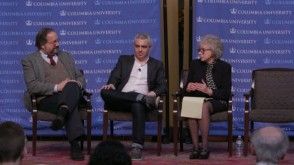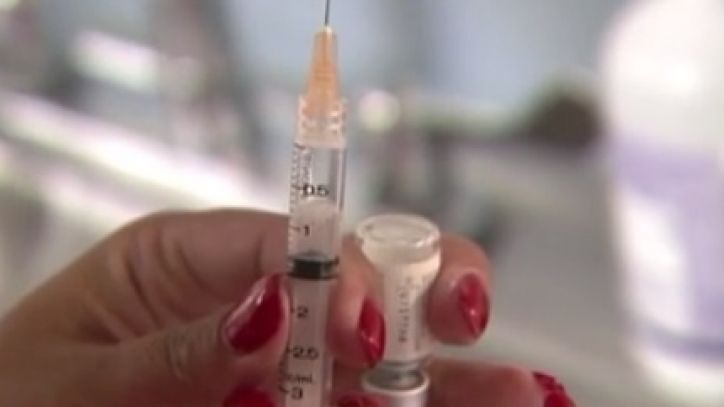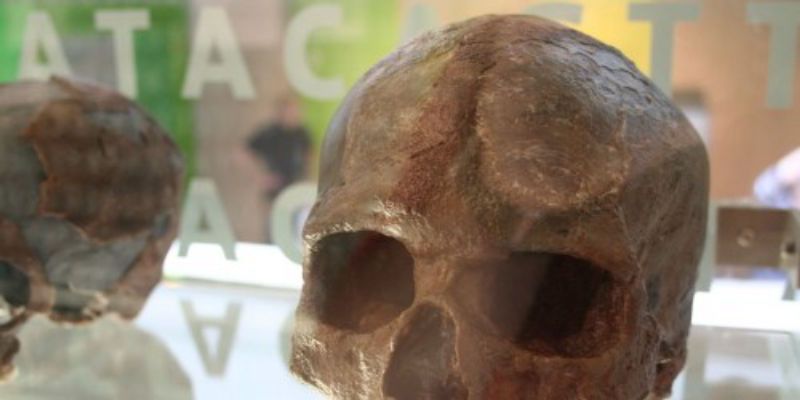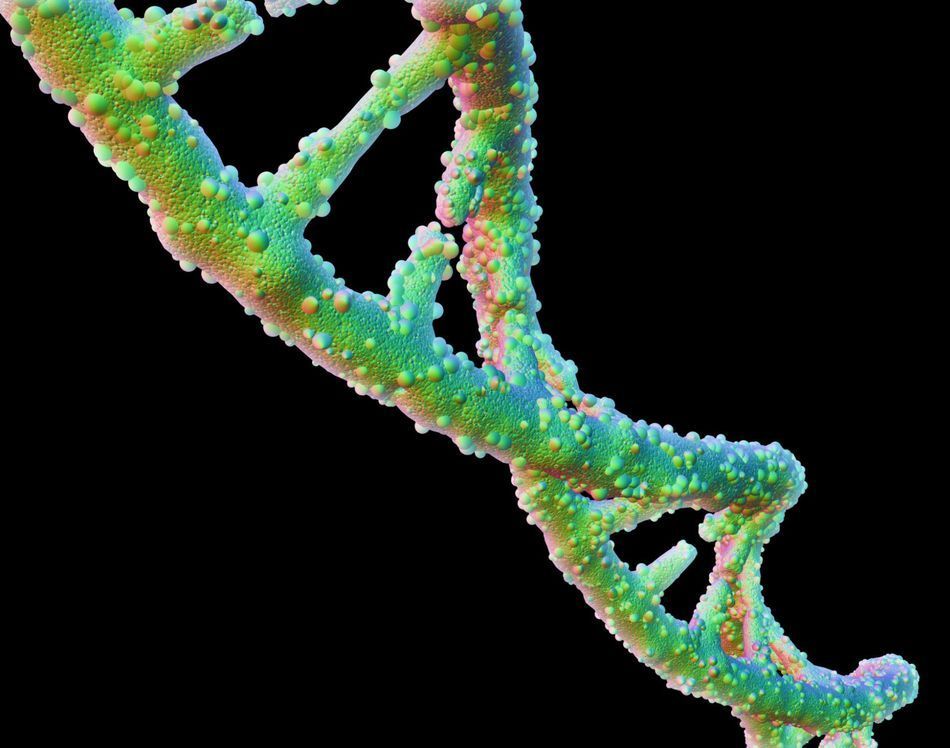Potential breakthrough technology for stem-cell based bone replacement
NEW YORK, May 22, 2019 /PRNewswire/ — EpiBone, Inc. today announced that the U.S. Food and Drug Administration (FDA) has granted its Investigational New Drug (IND) clearance to proceed with a Phase 1/2 clinical trial of its lead bone product EpiBone-Craniomaxillofacial (EB-CMF), as a potential treatment for ramus continuity defects in the mandible. The ramus is a key component of the jaw bone which attaches to the muscles associated with chewing.
EB-CMF is a living anatomically correct bone graft manufactured from a patient’s own adipose derived stem cells. This eliminates the need to harvest bone from a patient’s body, potentially reducing pain, surgical and hospitalization time while creating a precision fit with the defect.





